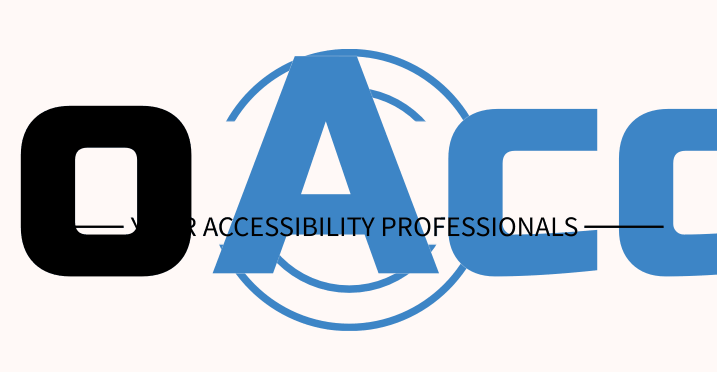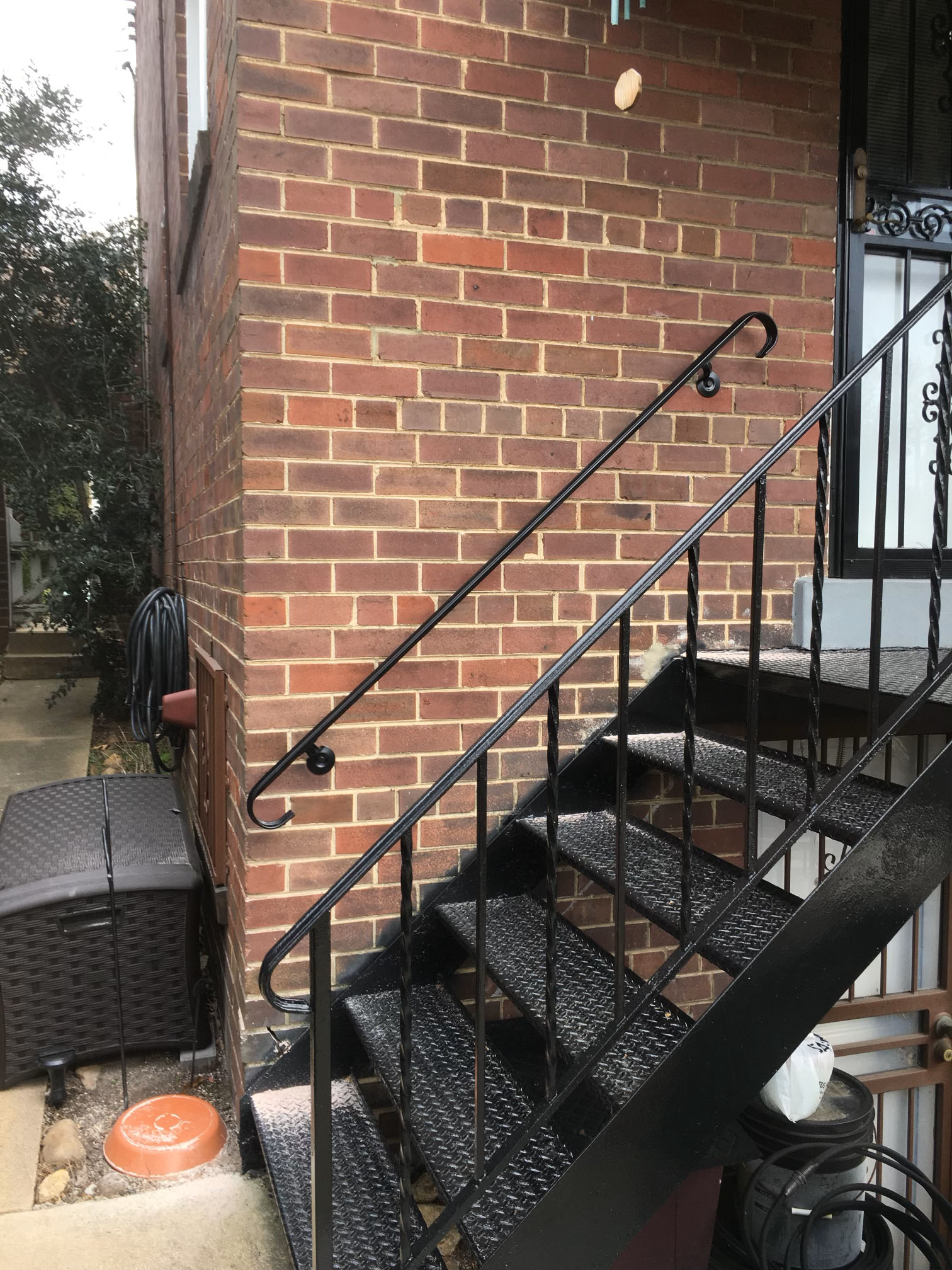Have you ever stopped to admire the intricate designs of iron railings that line the staircases of historic buildings or the grand entrances of city parks? These iron barriers are not just there for safety but also rich in history and artistry. In this blog, we will dwell on the exciting world of iron railings: their origins, how they have evolved, and how this simple metal has become an intricate work of art. To the stories of these strong stalwarts that stood the tests of time, let us unravel.
The Historic Evolution of Iron Railings
Iron has always been pivotal in human civilization because it is strong and abundant. Initially, iron was used to make tools and weapons, but later, it was used in construction and architecture. The very oldest written records for iron railings are from the Iron Age, where they were used to fortify positions and create rudimentary barriers.
By the Middle Ages, ironworkers — especially blacksmiths — had developed more advanced skills. From a periphery of iron railing around fortresses, iron was now found in the dwellings of the wealthy and in public buildings, where it became the symbol of security and status. During this period, Europe saw a surge in the use of iron railings with Gothic and later Renaissance architecture incorporating more elaborate designs.
The real transformation, however, came during the Industrial Revolution. Introducing new techniques such as casting and rolling iron changed the landscape of iron railing manufacture. These advancements allowed for mass production and the creation of more detailed and uniform patterns. Railings were now more accessible be used extensively in both public and residential places, which was a far cry from its exclusive use in the previous era.
The design and manufacture of the iron railings have also kept up with the times into the modern era, changing their style and the materials they are made of. But glimpses of that one-time richness are visible in the railings that cover our streets, buildings, and homes to this day.
Cultural Significance of Iron Railings
Iron Railings: Symbols of Power and Wealth
Iron railings have indicated some form of status over a long period. For example, the elaborate railings surrounding the Palace of Versailles in France not only ensured security but also showcased the monarchy’s immense wealth. Balconies and windows in the historic districts of cities such as New Orleans have beautiful and ornate iron railings, which show the rich cultural heritage and the prosperity of the homeowners during their time of construction.
Iron Railings Across the World
Internationally, iron railings combine functional and aesthetic provisions that remain sensitive to the architectural styles propagated in different cultures. In London, they are found at St. Paul’s Cathedral, while in Mumbai, the Chhatrapati Shivaji Maharaj Terminus uses them for crowd control, as well as decor elements that are a mix of Indian and Gothic.
Creative Artistry and Craftsmanship in Iron Railing
The Art of Blacksmithing
Ironworking is a real art. Blacksmiths are skilled artisans who heat, bend, and shape iron into beautiful designs. Quite some handiwork with great precision is employed in this technique. The tools have mostly remained unchanged for centuries, though in modern times, some blacksmiths use machines to help with the heavy lifting.
Famous Iron Railings
Some iron railings are so well made that they are famous worldwide. For example, in the UK, the railings outside Buckingham Palace are some of the most admired in the world, with millions of visitors a year stopping to glimpse these powerful examples of the skill and creativity of the blacksmiths of older age.
Preserving Historical Railings
Many old iron railings are part of our history, which gives people much reason to put an effort into their repair and protection. The said work consists of fixing the damages and precluding rusting. All such railing maintenance lets everyone enjoy them for a lifetime.
Innovations in the Manufacture of Iron Railings
Modern Production Techniques
Modern technology changed the face of the way iron railings are produced. Techniques such as laser cutting and CAD now allow highly accurate, sometimes even quite intricate, cuts that are rather hard to produce using traditional methods. For example, the railings in the Dubai Mall have incorporated advanced making techniques to reflect geometric designs that give them a modern look, yet they also resonate with cultural heritage.
Durability and Maintenance Improvements
In addition, technological advancements improved its longevity. Presently available treatments include Powder coating and galvanization, which prevents rusting and damage from weather elements increasing its life span. A good example is the ones used in San Francisco along the beach. Most are coated with ultra-high anticorrosive materials that can withstand salty marine air.
The Future of Iron Railings
Seeing the current status of iron railings, iron railings will accompany features such as intelligent coatings that can do scratch repairs by themselves and all the new alloys that are today stronger and lighter. It is this continuous innovation in the area that ensures that iron railings remain a functional and attractive option for architects and designers from across the world.
Environmental Impact and Sustainability in Iron Railing Production
Reducing the Carbon Footprint
The production of iron railings, like many manufacturing processes, is traditionally very energy- and resource-intensive, therefore with a high carbon footprint. Many manufacturers are now adopting greener practices to alleviate such impacts. A prime avenue is that of using recycled materials. Recycled iron reduces waste and, as a material, uses less energy in the production process compared to processing raw iron ore.
Advances in Eco-Friendly Treatments
More than just recycling, advances in the treatments and finishes applied to iron railings are now turning toward being green. Green powder coatings void of VOCs are now replacing the old paint finishes. These green coatings are, therefore, environmentally safe for the workers who apply them and also for the people coming into daily contact with the railings.
Sustainability in Design and Installation
Sustainability in design relates not only to the material and fabrication processes but also to the installation of a railing and its life cycle. In that respect, designers at GoGo Access are making timeless pieces for which regular replacement is not required. Modern techniques of installation have been put into consideration, thus maintaining the integrity of sites and reducing their ecological footprints.
Conclusion
Iron railings, from ancient fortresses to modern shopping centers, have stood the test of time, serving both functional and aesthetic purposes. They have evolved from protective barriers into symbols of wealth. Iron railings are more than just metal barriers; they are a testament to human ingenuity and artistic skill. As we move through the historic pastures or modern landscapes, we appreciate these strong stalwarts not just for their utilitarian functions but also for contributing towards our cultural and architectural heritage.



